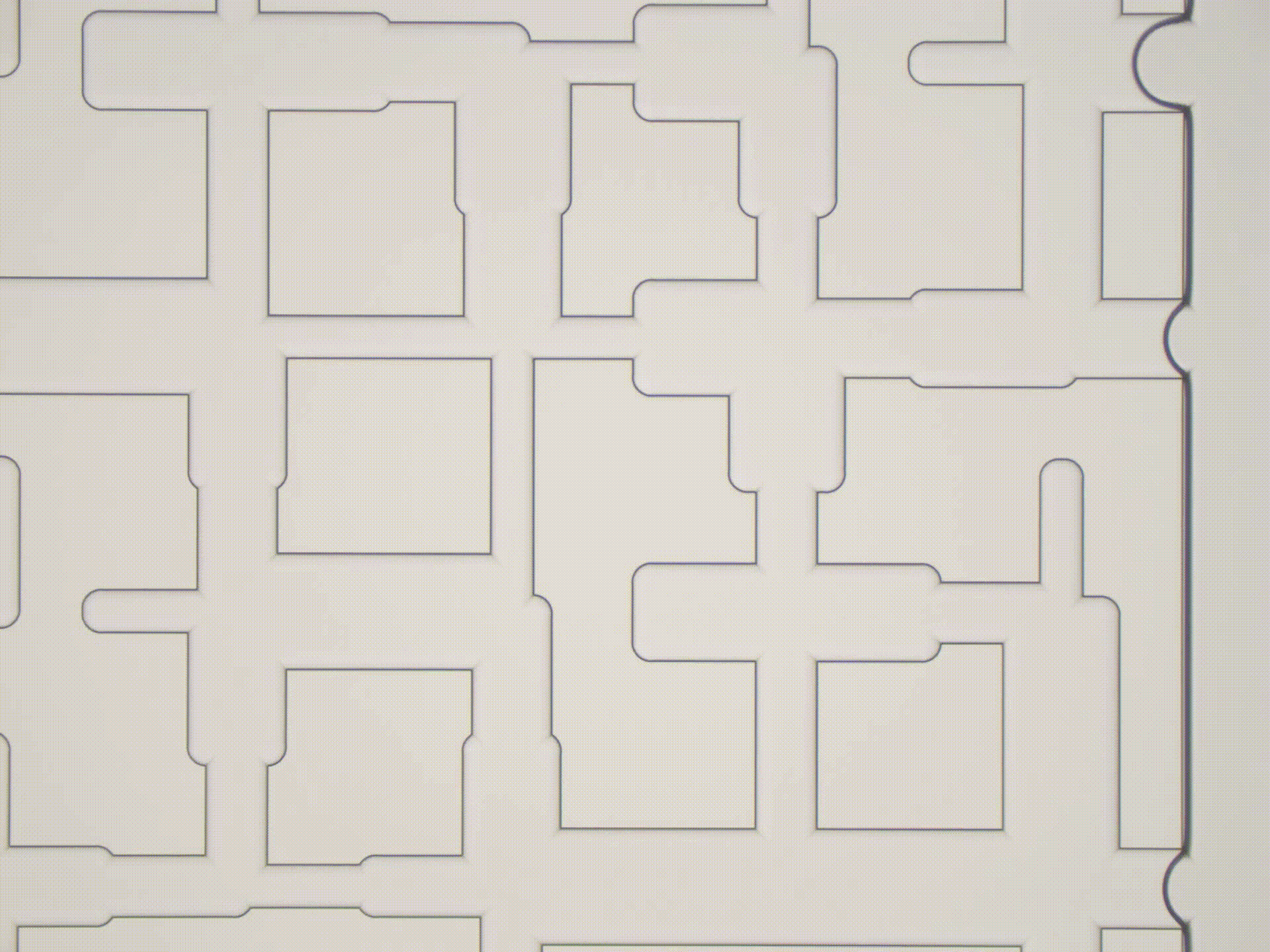

ADMIRE Hydrogen Lab
In the ADMIRE Hydrogen Lab, we study hydrogen transport and interactions across scales within porous and cavity/bulk environments. The experiments, most of the time done for the first time in the community, are fully coupled with ADMIRE multiscale simulation lab, in order to provide a rigorous and reliable system parameters for technical feasibility studies. The physical process relevant for UHS is quite challenging, as it involves working with a highly mobile and extremely light and small molecule, i.e., hydrogen. Additionally, since UHS deals with cyclic storage of hydrogen, the processes are expected to be hysteretic and quite nonlinear.
In the ADMIRE Hydrogen Lab, we study wettability characterization, dispersion and mixing, reactivity, and penetration of hydrogen through the cap-rock and salt rocks. Our work will give new insights on how the hydrogen plume will evolve through the reservoir during repeated injection and extraction cycles, how the purity of the hydrogen stream is impacted by spreading and mixing with the existing reservoir fluids, and how much hydrogen will get trapped under variable thermo-hydro-mechanical environments.

Some members of the ADMIRE Hydrogen Lab are features in the photo, who were working on calibration of captive bubble cell for contact angle measurements [Ref.2 & Ref. 3 below] (from Left to Right: Maartje Boon, Michiel Slob, Leila Hashemi).
I. Wettability
One of the main factors to quantify for efficiency and safety of underground hydrogen storage is to determine the characteristics of hydrogen when it comes to contact with the reservoir fluids. One of the main existing fluids in most (if not all) geological reservoirs is brine. As such, quantification of the hydrogen interactions with reservoir brine, surely in presence of rocks, is highly important. Additionally, characterisation of hydrogen wettability is crucial to understand the interface dynamics of hydrogen/brine within porous reservoirs or salt caverns. Due to the cyclic nature of the UHS process, it is important not only to study the static (intrinsic) interfacial properties, but also dynamic and hysteretic ones. In ADMIRE H2 Lab, we have a special team of talents working on multiscale characterisation of H2 interfacial properties (both experimentally and numerically) with brine and reservoir rocks.
I.I) Direct pore-scale investigations
The wettability can be characterised by the contact angle between the gas/water interface and the solid surface. To get a better understanding of the wettability behaviour of cyclic UHS systems and the factors that contribute to contact angle hysteresis, we measure static contact angles using the captive-bubble cell method and dynamic contact angles during drainage and imbibition using micro-fluidic chips, for H2, CH4 and their mixtures, in contact with brine under a range of pressure, temperature and salinity conditions.

H2 bubble in a captive-bubble cell filled with brine
from Ref. 2 and Ref 3 below.

H2/brine interactions at micro-scale, observed through a micro-fluidic chip from Ref 4 below.
II. Upscaling micro-scale to continuum-scale
II.1) Relative permeability and capillary pressure
The contact angles of the hydrogen/brine/rock system measured at the pore-scale is then used to define accurate continuum scale relative permeability and capillary pressure functions using pore-network modelling [Ref 1]. These saturation functions are important input parameters for reservoir simulators. To verify the validity of the derived saturation functions, as well as to incorporate the impact of mm-cm scale heterogeneities on these functions, we also carry out core-flooding experiments to measure relative permeability and capillary pressure on homogenous and heterogeneous rock cores (~17cm in length, ~4cm in diameter) under medical X-ray CT scanner.
Publications
-
Hashemi, L., Blunt, M. & Hajibeygi, H. Pore-scale modelling and sensitivity analyses of hydrogen-brine multiphase flow in geological porous media. Sci Rep 11, 8348 (2021). https://doi.org/10.1038/s41598-021-87490-7
-
Hashemi, L., Glerum, W., Farajzadeh, R., & Hajibeygi, H. Contact Angle Measurement for Hydrogen/Brine/Sandstone System Using Captive-Bubble Method Relevant for Underground Hydrogen Storage. Advances in Water Resources, (2021) 103964. http://doi.org/10.1016/j.advwatres.2021.103964
-
Hashemi, L., Boon, M. Glerum, W., Farajzadeh, R., & Hajibeygi, H. A comparative study for H2-CH4 mixture wettability in sandstone porous rocks relevant to underground hydrogen storage, Advances in Water Resources. (2022) 104165. https://doi.org/10.1016/j.advwatres.2022.104165
-
Van Rooijen, W., Hashemi, L., Boon, M., Farajzadeh, R., & Hajibeygi, H. Microfluidics-based analysis of dynamic contact angles relevant for underground hydrogen storage. Under review.
